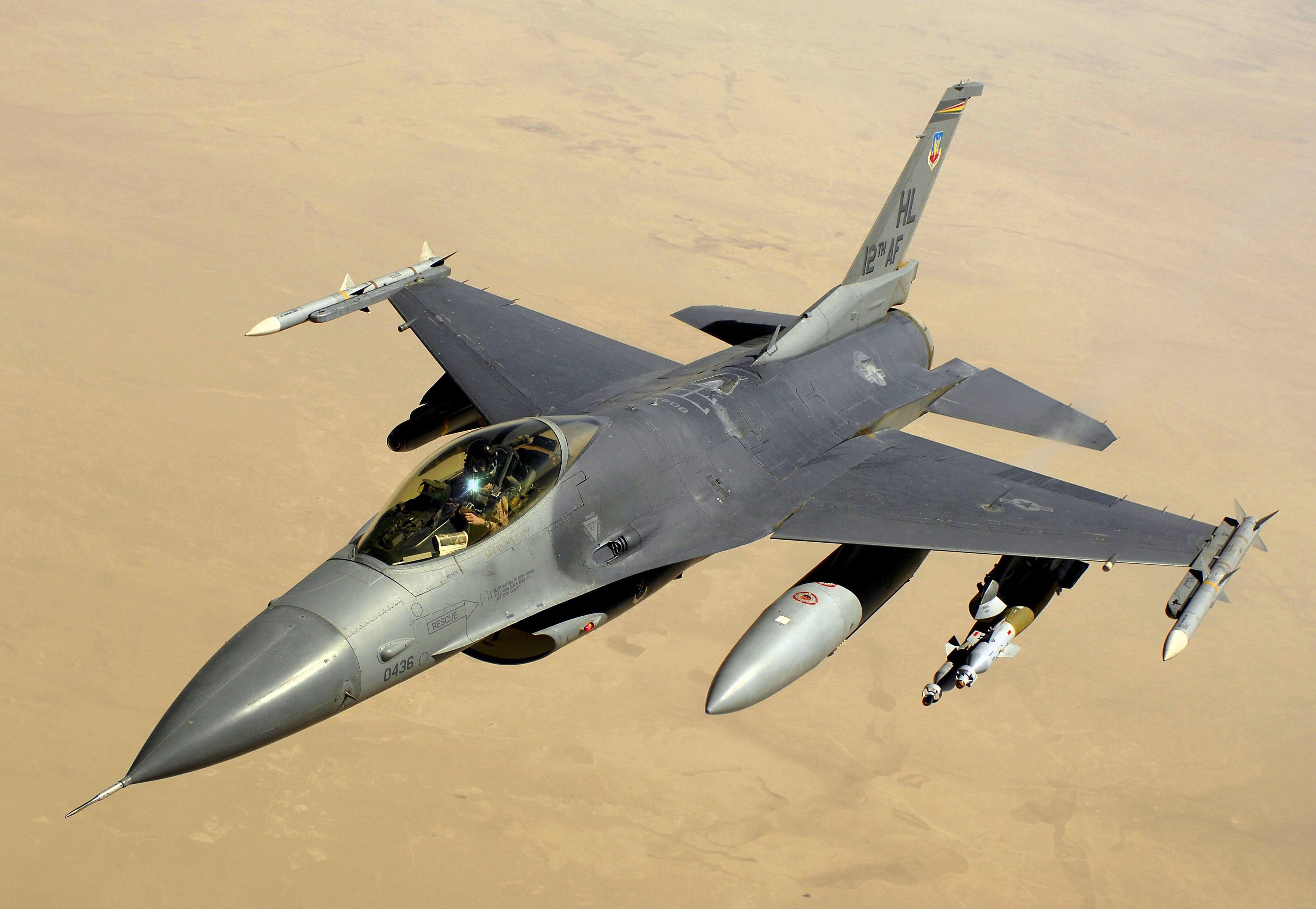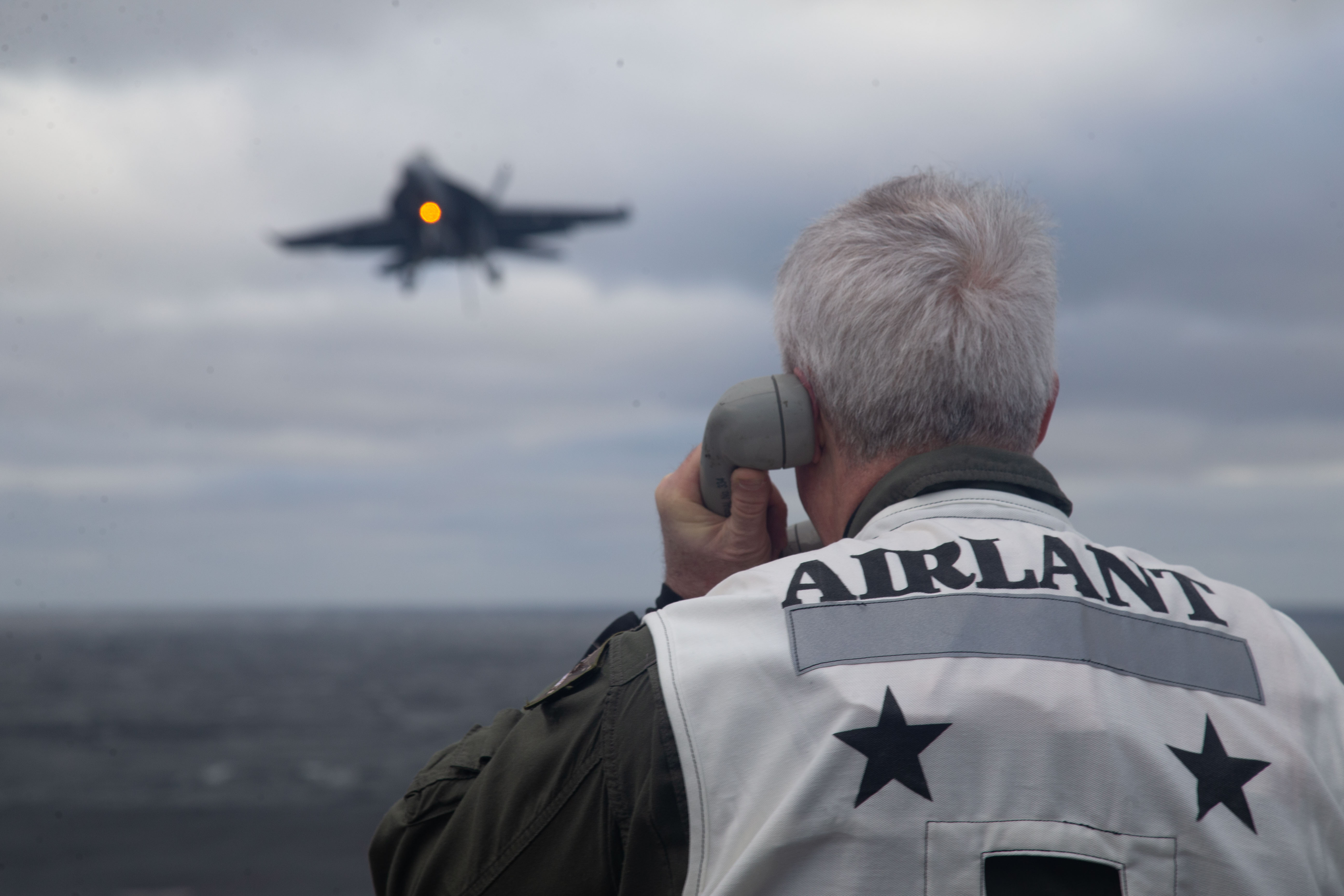Simulators are being used more and yeah, the cost of flight hours is a huge reason. The military flies millions of hours. Going from say, $10,000/hour (total, with fuel, maintenance, and airframe amortization) for something like an F/A-18 to over $30,000 or even $40,000 for the stealth jets is billions of dollars.
Simply: there is enormous budget pressure to reduce flying hours.
So, more simulators.
And, this is huge, the Navy is betting on technology to replace proficiency and skill in carrier landings.
It’s called “Magic Carpet”.
And it’s an incredible shift in paradigm.
Edit: The Navy used to spend 20-25% of its tactical jet flight hours on landing proficiency and qualification. The potential budgetary savings are tremendous. My rough estimate: if we cut out carrier landing training, and then, on one dark and stormy night, when the technology goes down, and the untrained new generation of pilots are all unable to land manually on the carrier, and have to eject, putting a dozen new F/A-18s into the water, we still saved a lot of money that fiscal year.

 www.aviation24.be
www.aviation24.be

